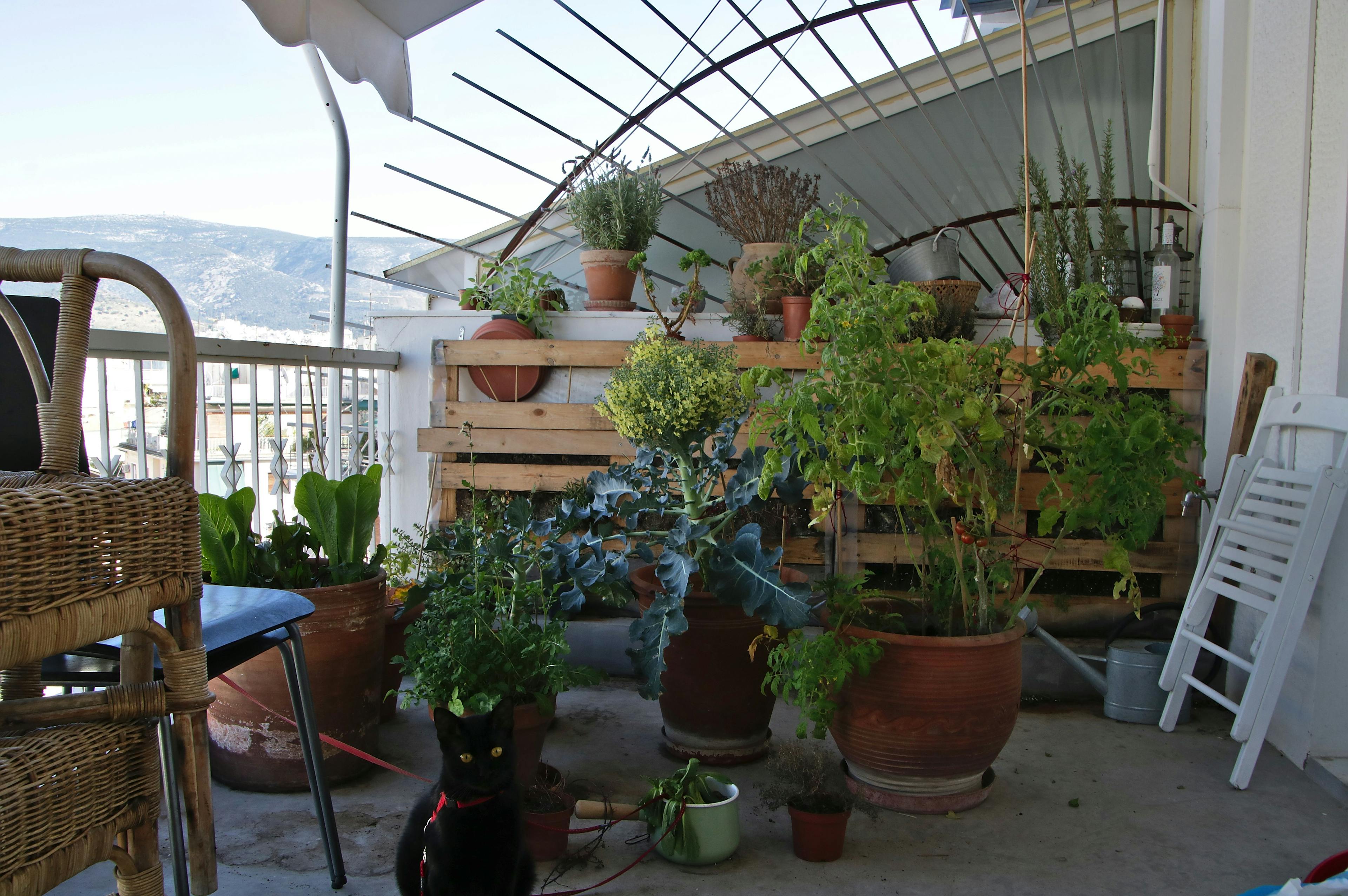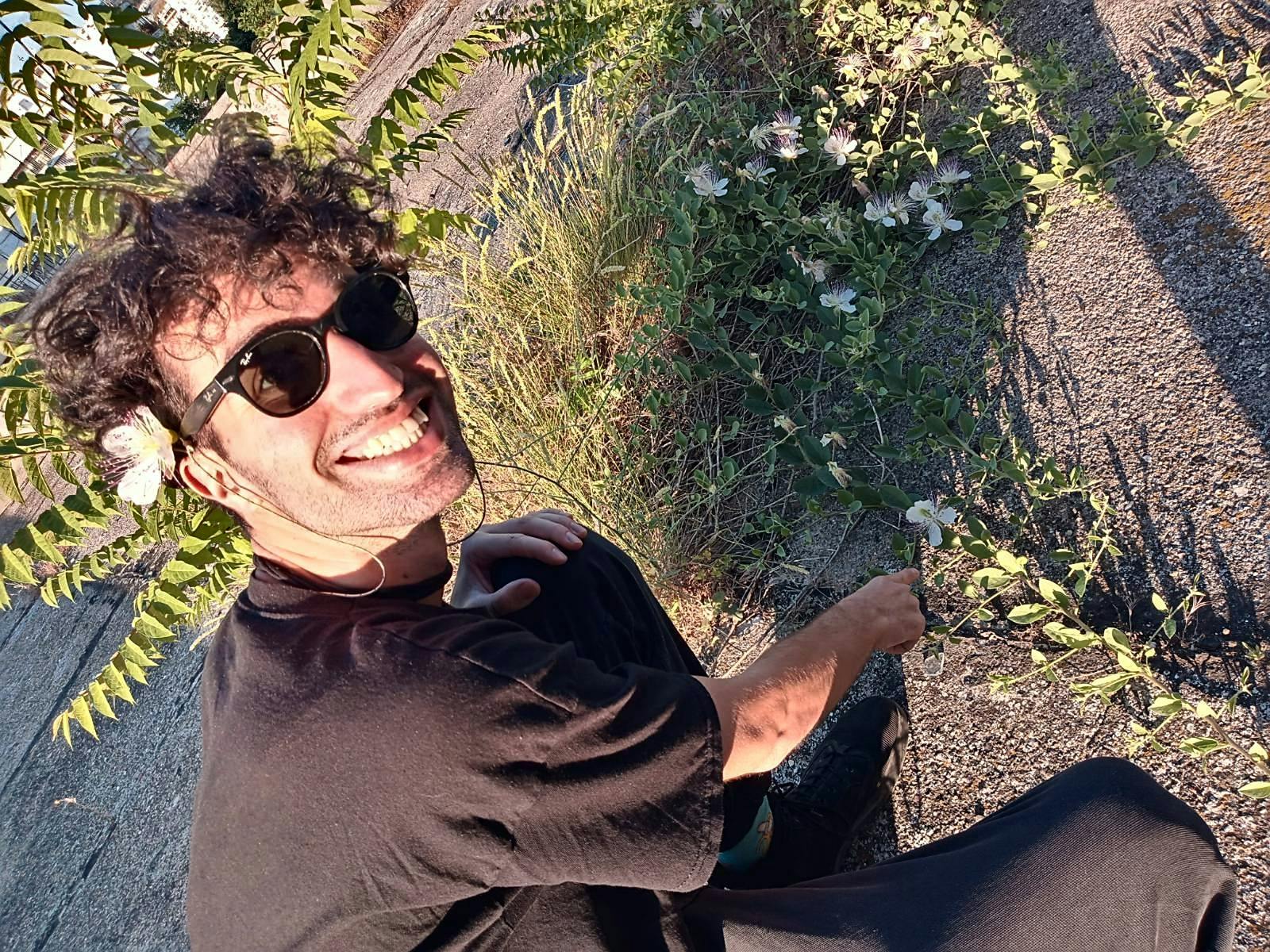In August, I moved in.
From the balcony one could see the buildings across the street, and between them, Lycabetus on one side, and Hymettus on the other. Facing north-east, it wouldn't get much direct sunlight, only in the morning. But it was big.
In September, I started a garden on my balcony.
I got some pots, bought some small plants, and planted some seeds.
I made a compost bin, and added dead leaves from the nearest park to bring in microbes.
I started making a vertical herb garden with pallets.
Little mushrooms grew, and some herbs struggled with infections.
I started building a box—a raised bed.
I filled it with compost and soil, and planted basil, marigold, spinach, and carrots.
The spinach plants fed myself and others.
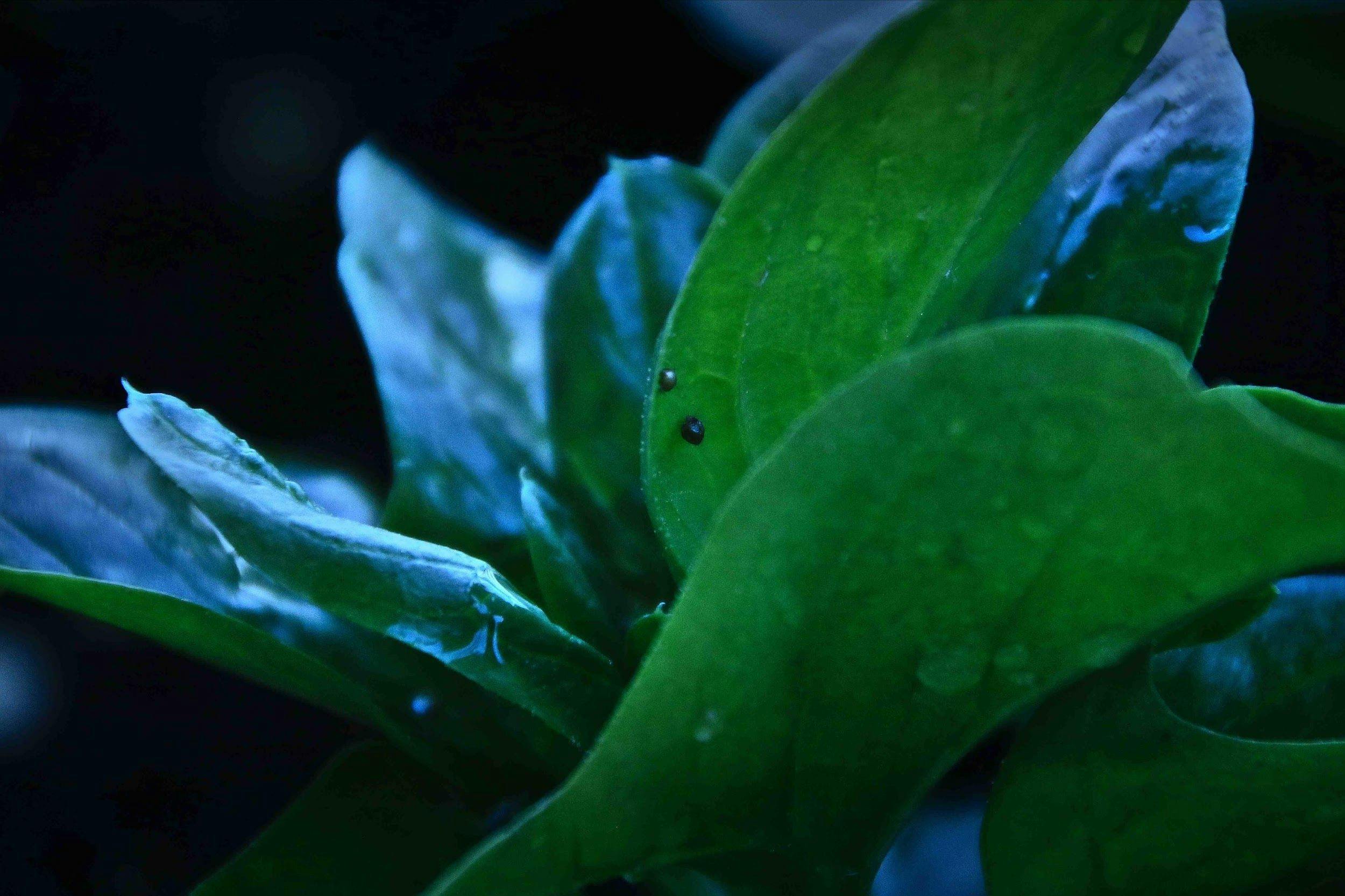
In February, I chopped one broccoli to eat, and let the other flower.
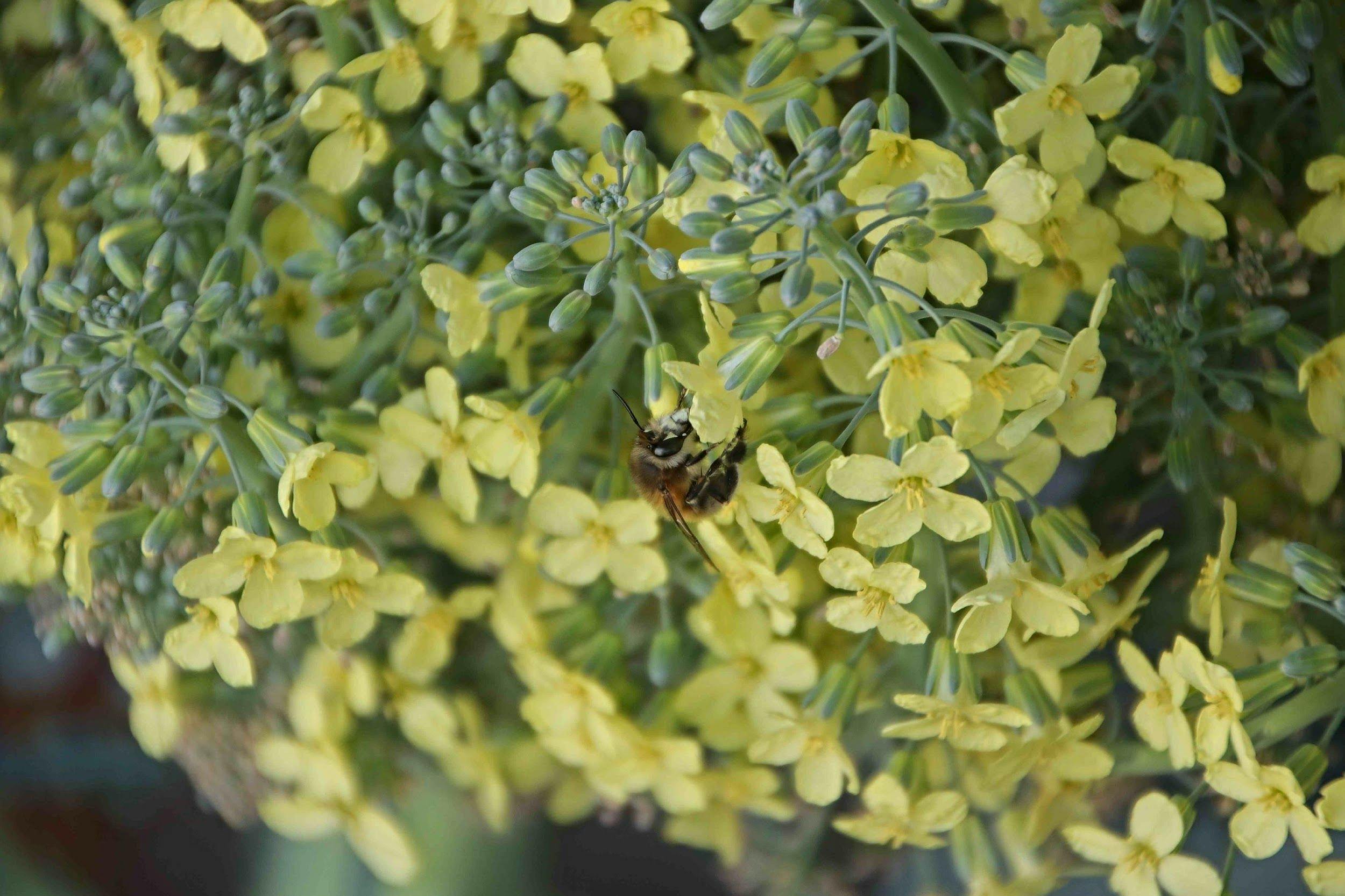
Bees liked it,
and Mozy loved the spring onions.
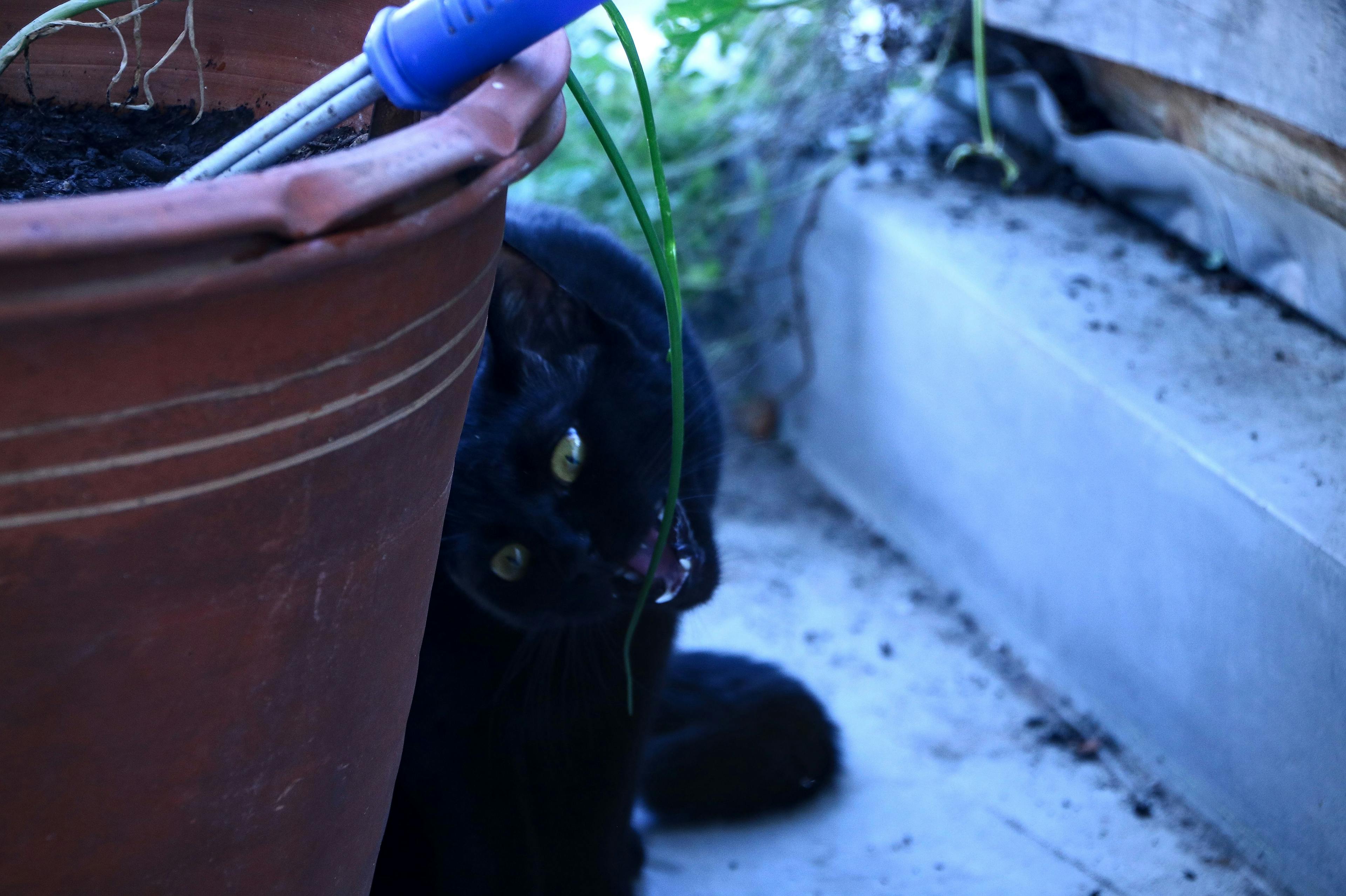
Come spring, more things flowered.
Lettuces grew tall and bitter.
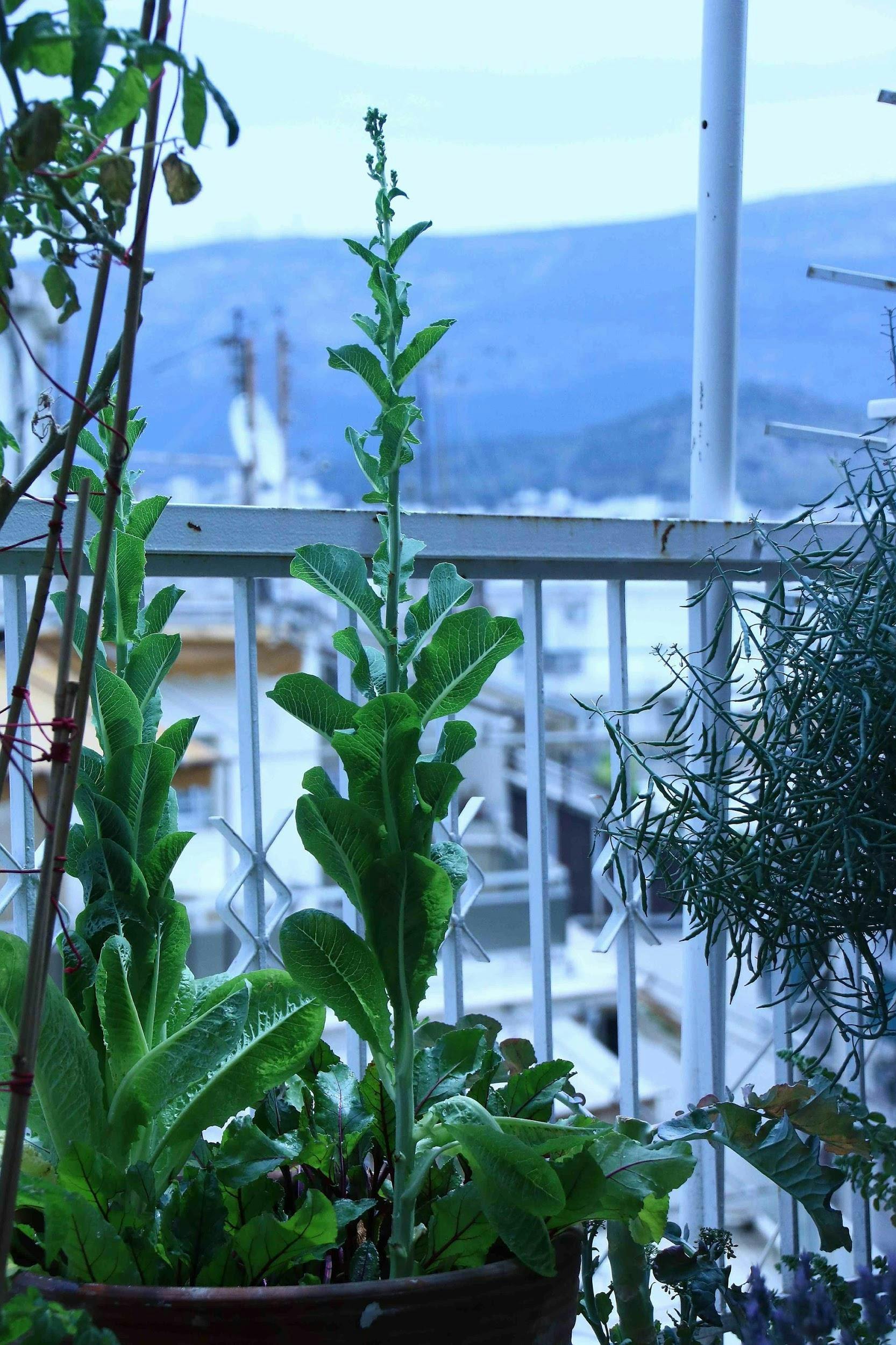
More bees came,
and the box became lush.
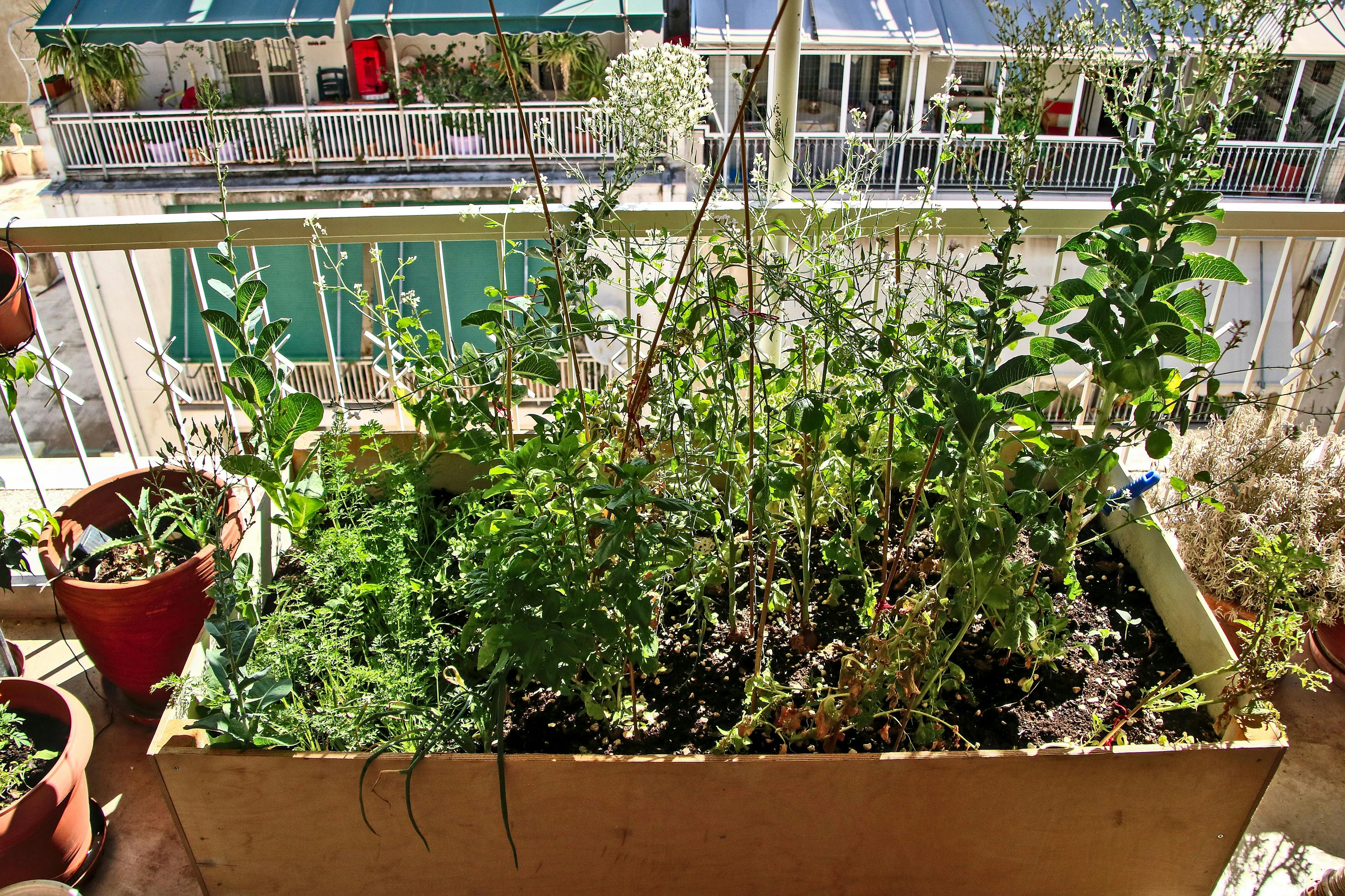
Sparrows often came and pecked the strawberries,
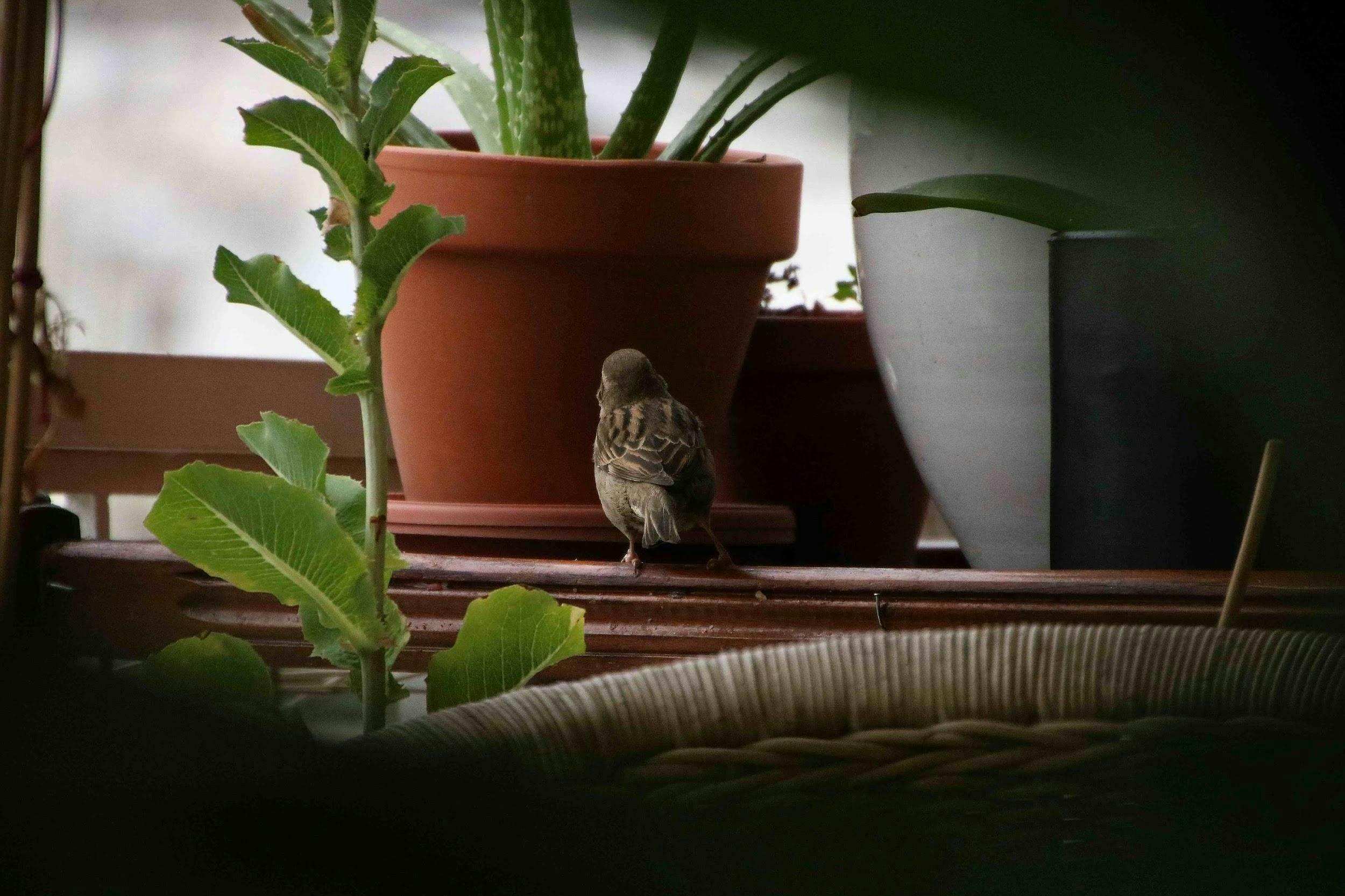
and a little spider nested in the pot with the beets.
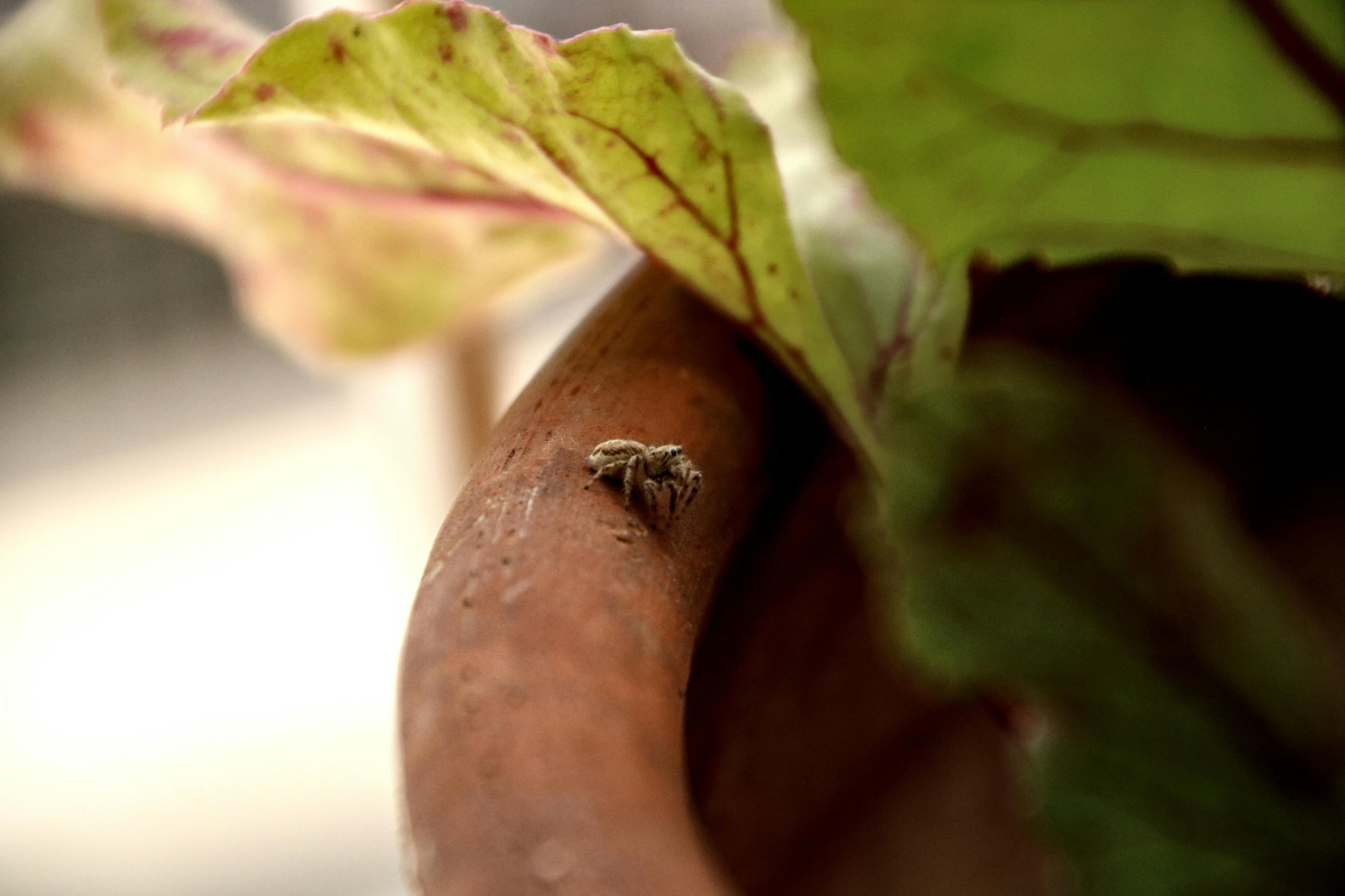
The tomato flowers closed and transformed into fruits, becoming swollen green and red.
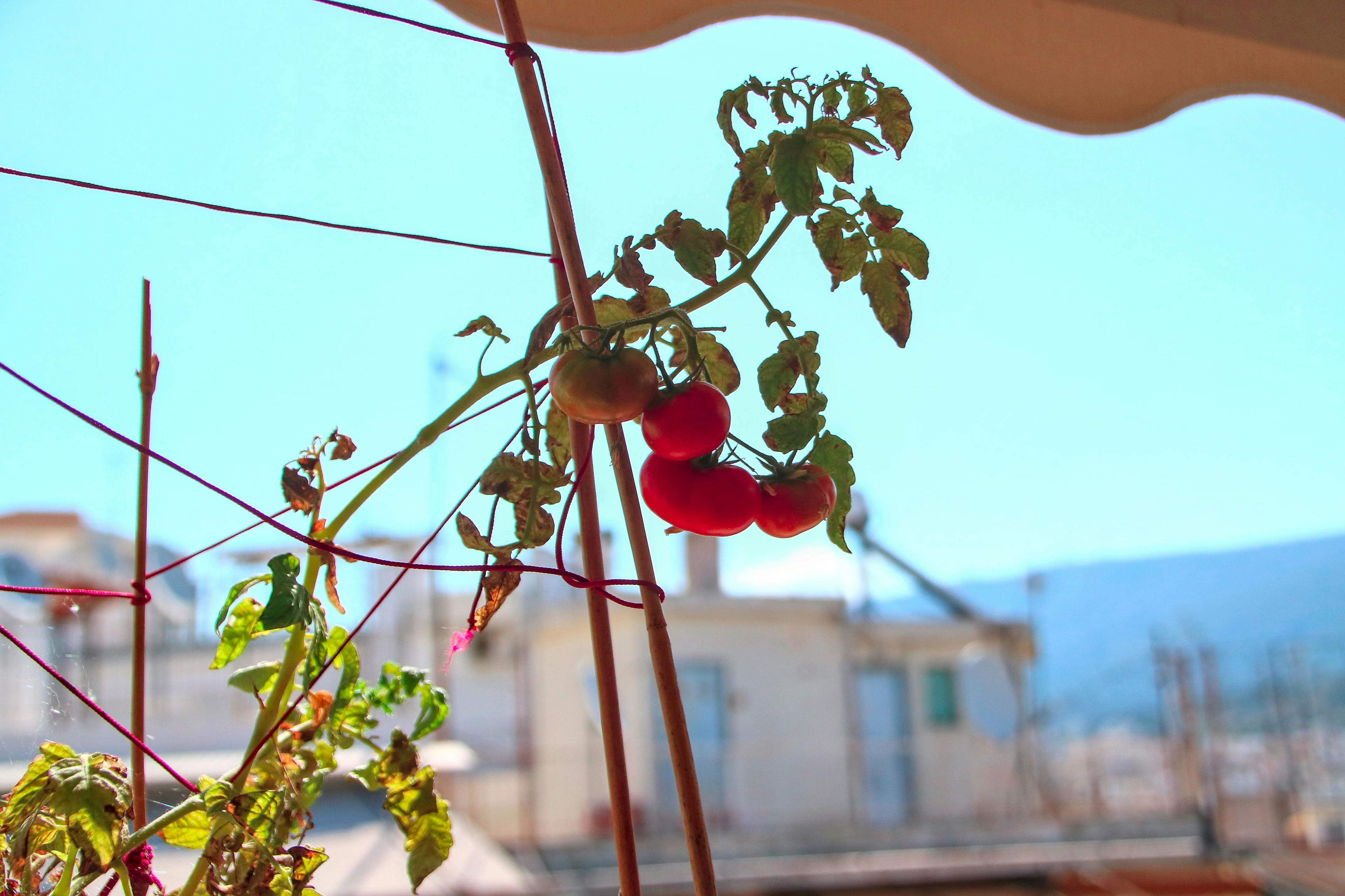
Sometimes, we got enough for a salad.
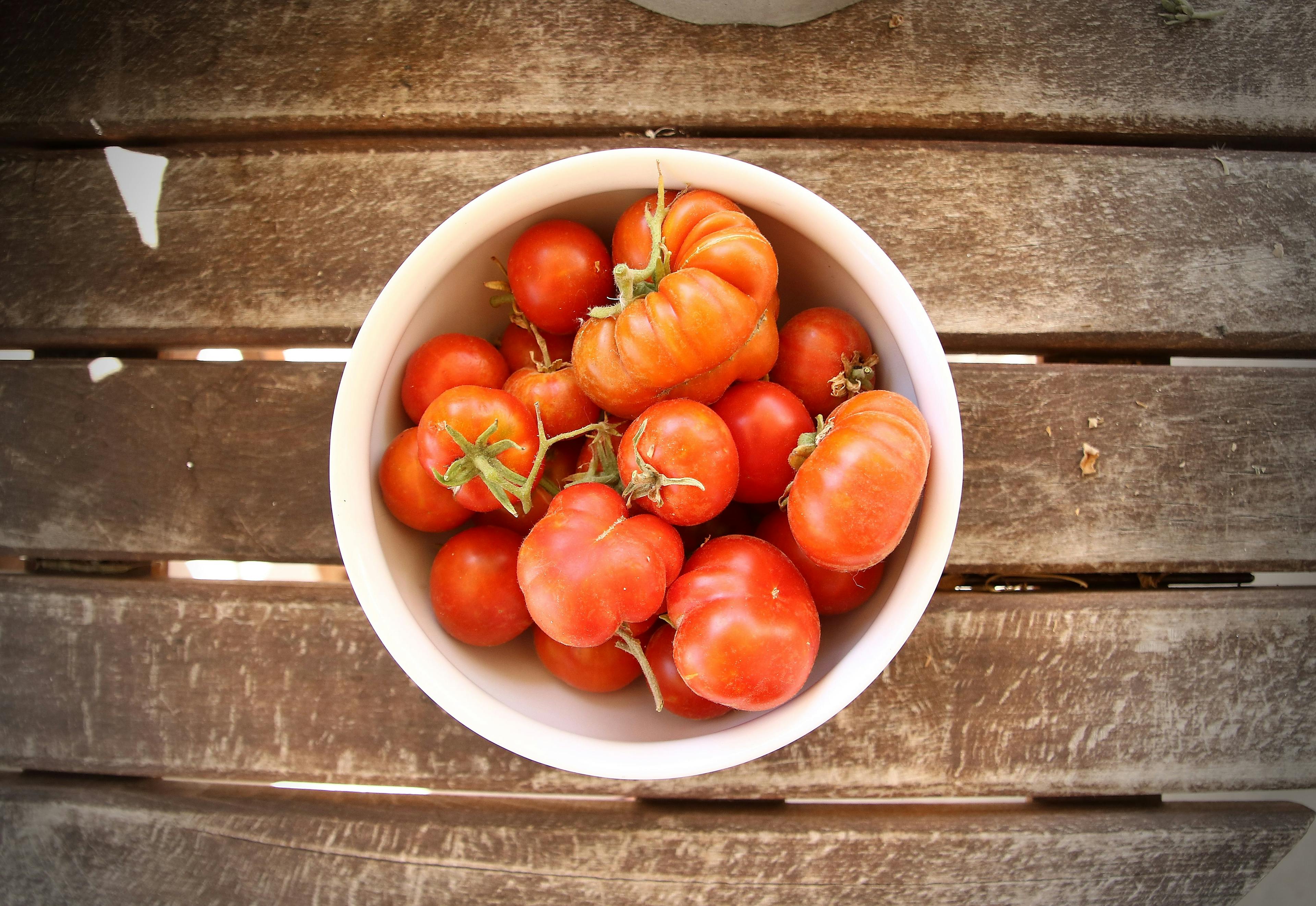
In the summer, many things died and dried.
I collected the seeds.
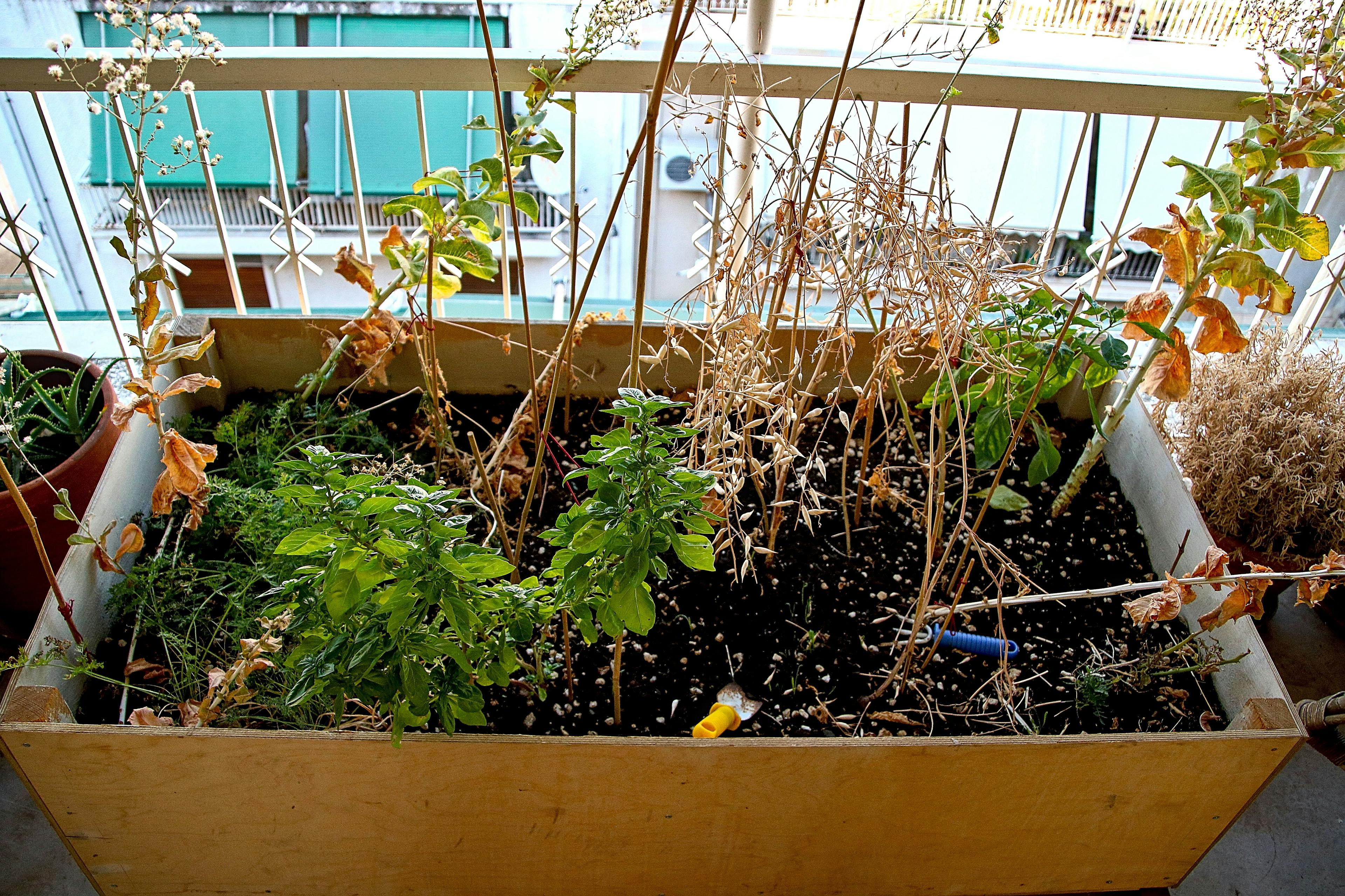
Next year, a new cycle will begin.
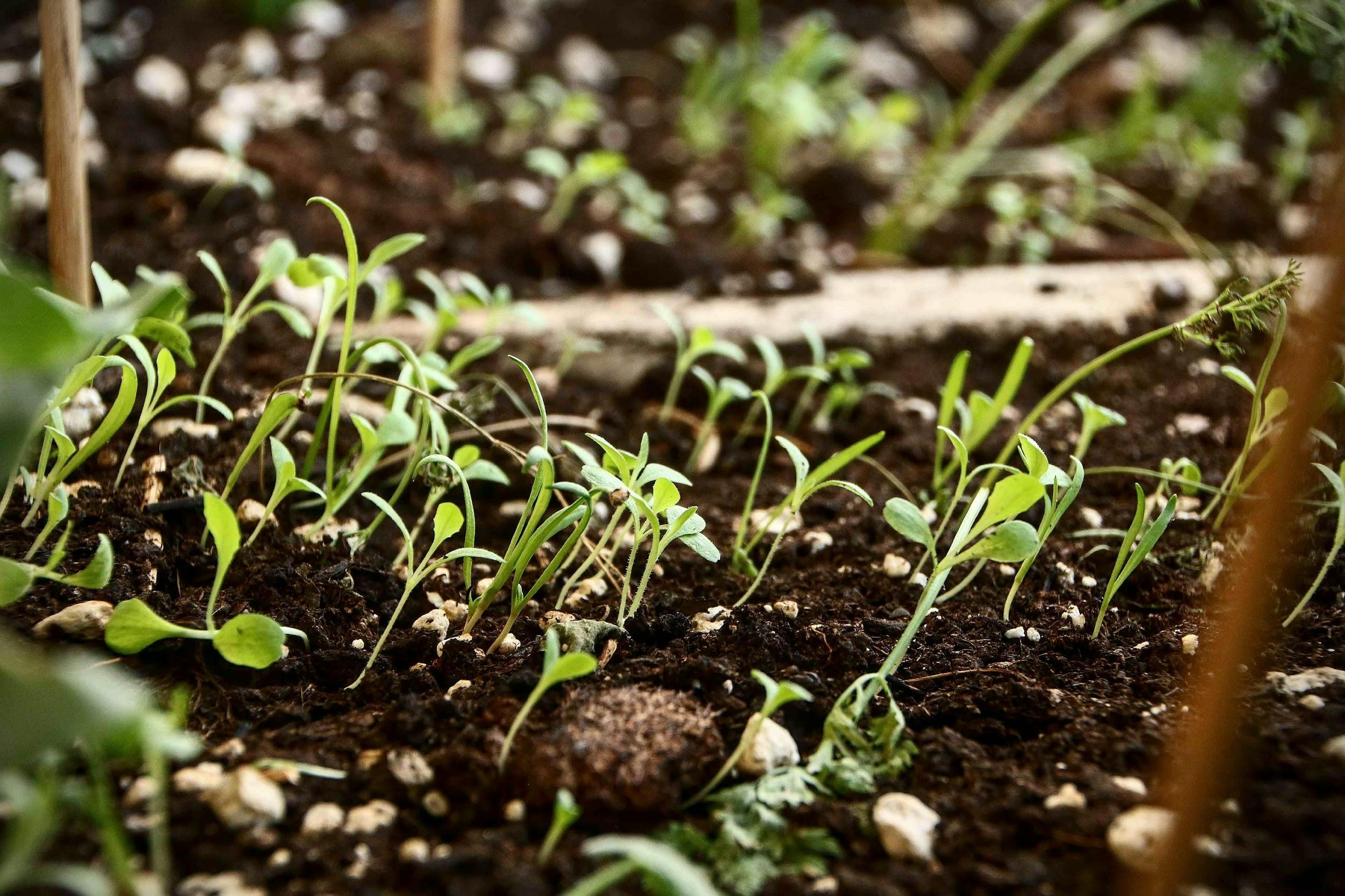
This is a story and a record of the first cycle.
The first cycle is my first year observing and experiencing many new relationships taking place in the balcony—now, the balcony-garden.
In this first cycle, things were built and placed, things took root and grew, things encountered each other. Things coexisted, things ate each other, infected each other, and cared for each other. The balcony, the pots, the soil, the compost, the plants, the insects, the sun, the wind, the watering can, the water, the rain, the cat, me, my flatmates, the visitors, the chairs, the ashtray, the view, the mountain, the sky, the city.
I, as the gardener, had the position of the curator. I arranged the space, in a scale close to me. In other scales or within my containers, things were arranged on their own, and if there was any connection to my doing, probably little or no mind was paid to it.
I, as the gardener, also had the position of the caretaker. Here comes the question of what it is that needs to be taken care of in the garden.
The first cycle is a cycle of seasons and a cycle of growing and dying.
I like to notice the plants and to reflect on the multi-species relationships that surround the practice of gardening.
In the first cycle, I wanted to find my own balance between my intentions, my arrangements, my gardener’s intervention, and the intentions and arrangements that came about by others.
My intention, which manifested in the choice of plants, was to grow things I could eat.
But,
in the multiplicity of movements in the garden, I interpreted a number of intentions incompatible to mine. Things I could not eat intended to grow, small things intended to infect the things I could eat, and things I could eat intended to live, rather than be eaten by me.
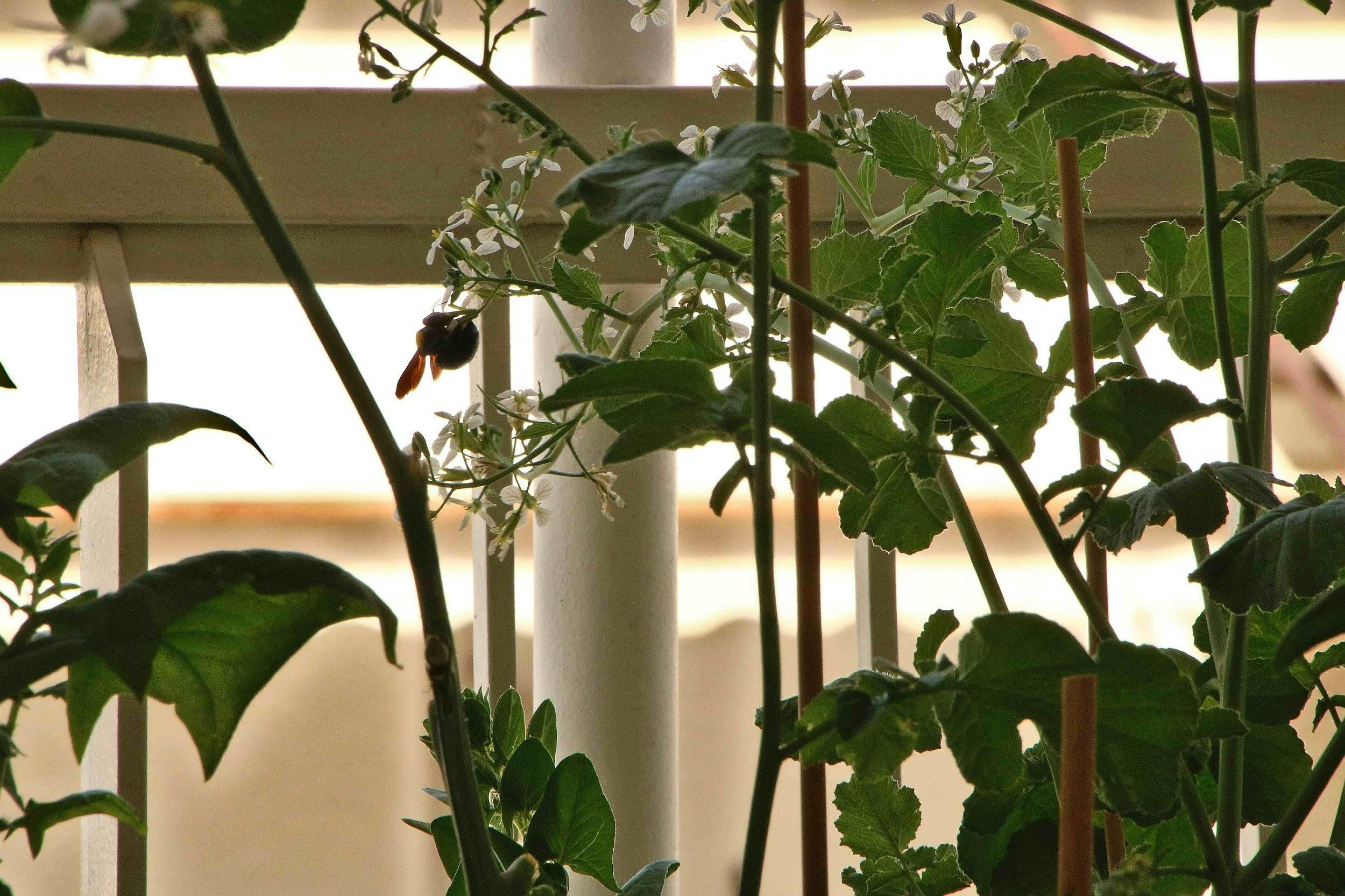
The first plants I ever harvested from the balcony-garden were two spring onions. Their story before the supermarket is unknown. From the supermarket, together with other spring onions, they were exchanged for money and brought to the flat. All the other onions in the group were eaten. Most of these two also went into a meal, and only their bulbs were taken to the garden and planted. Spring onions grew, green and fresh, strong and healthy. When they were big enough, I dug.
As I was taking them out of the soil, I heard the roots snapping and felt their vibrations on their bodies. Those spring onions were the first harvest, and they were eaten with some celebration.
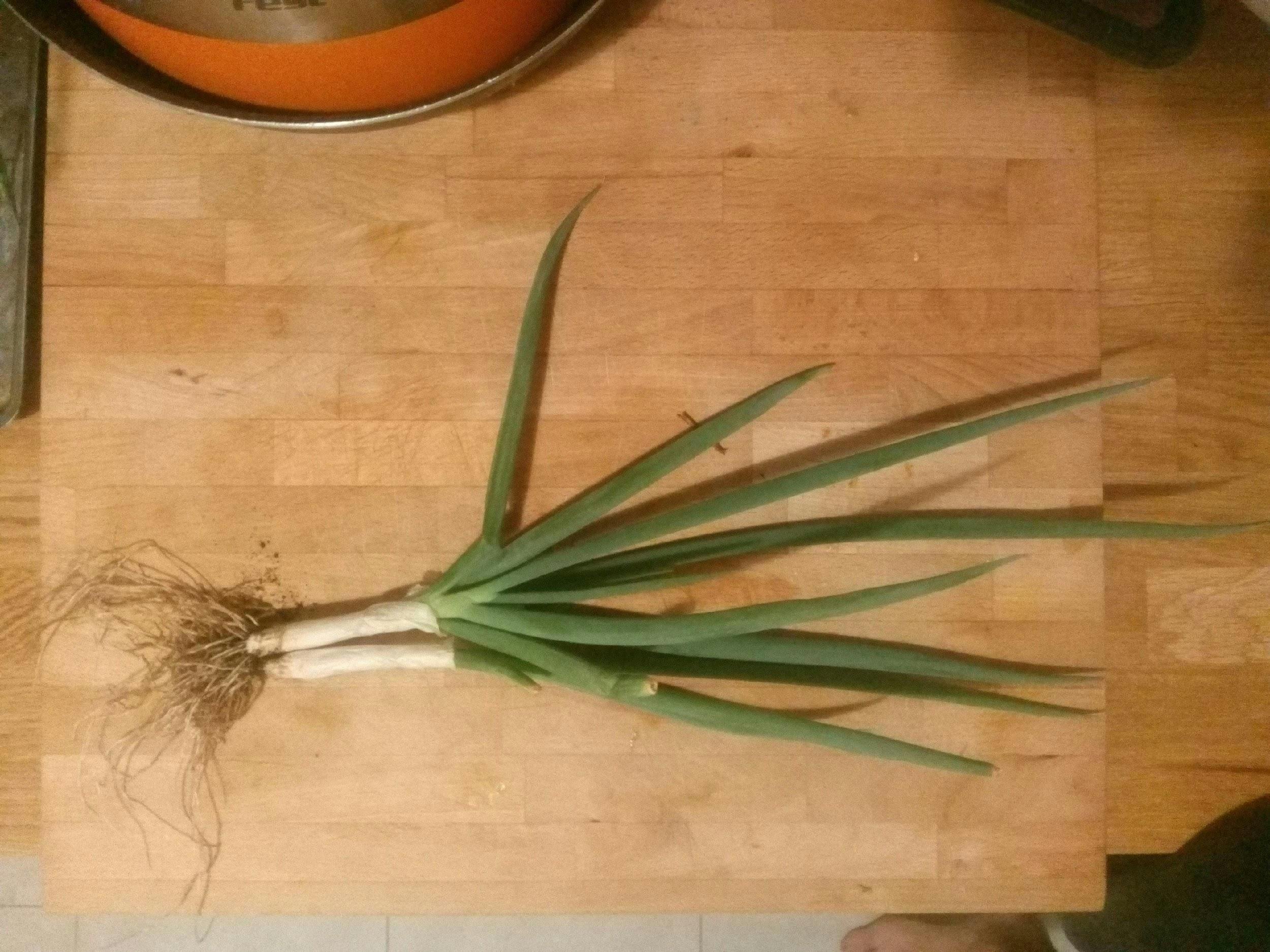
In the space of a balcony-garden oriented towards growing food, but with my own nutrition covered by food-growing elsewhere, I tried to think about gardening, about my relationship with food and with plants. If I am a body that eats to survive, could I survive without harming another?
After the spring onions, the first cycle was an experiment. I sought to strike a bargain between different intentions. I decided not to uproot. Things I could eat would live their full lives, and I would harvest from them only leaves and fruits. Things I could not eat would also stay where they took root, and I would not remove them as weeds. Infections would pass or stay.
After the initial arrangement of space, gardening was then mainly a practice of watering, a form of non-selective care-taking, and observing. The rules were broken, once or twice, and I took action against some particularly greedy caterpillars, exiling them to the nearby park. The winter salads flowered in spring and dried in the summer. I made no room for summer vegetables. I let them die and harvested some seeds.
Most seeds that came about from the first cycle were infertile. The seeds of supermarket varieties embody a history of relations that make them good for growing as food, susceptible to disease and infertile, a profitable combination of traits. The lettuces were an exception. Their flowers, once germinated, transformed into little white balls of hair that the wind scattered everywhere, and now, in the second cycle, wild lettuces have sprouted everywhere they found soil.
The first cycle was an experiment, and part of it is the telling of this story. In both the gardening and the story, concern about plants has been considered through translation of a concern for humans and similar animals. It is a kind of concern focused on individual bodies with visually discernible boundaries.
Ethics seem always tied, directly or indirectly, to the idea of the individual. The community is an amalgamation of them, the species is a category of them.
In the second cycle I am making another experiment, another set of rules. I still avoid uprooting and pay respect to weeds, something which the cat has appreciated, and which also appears to be beneficial against fungal infections.
I still mainly harvest leaves and fruits.
But, when the carrots are ready, I will uproot them. When the lettuces grow tall and bitter, I will make space for summer vegetables. I will let one or two of each plant complete their cycle, flower and die, and I will collect the seeds. I will shift my place of concern to species, to kinds, and I will reflect on my relationship with gardening, with the plants, with food.
In the second cycle I am experimenting again with my feelings.
